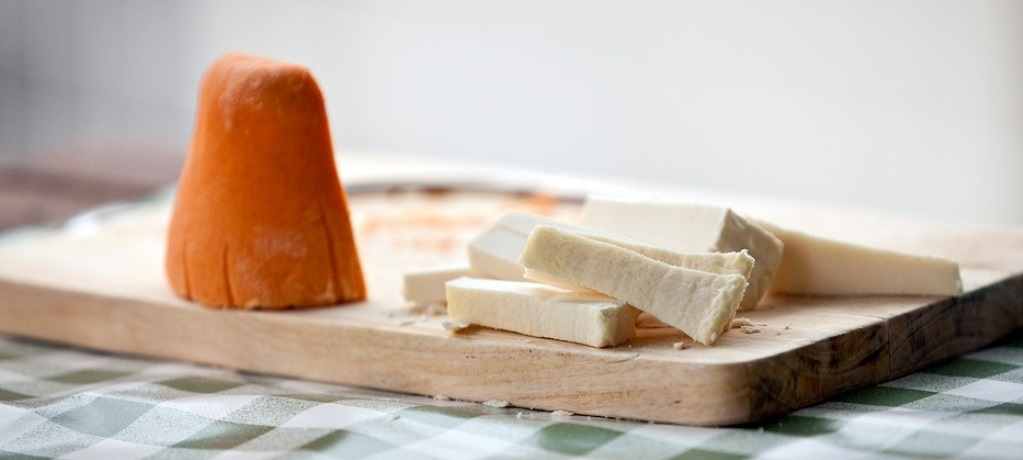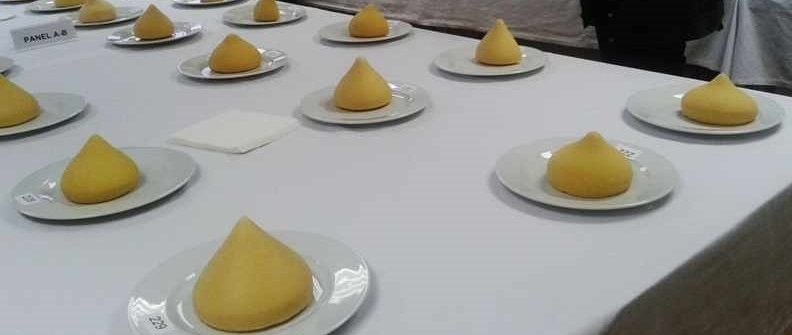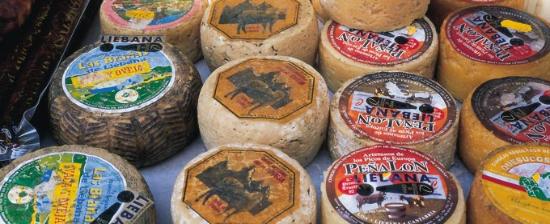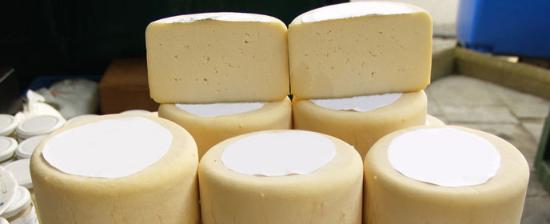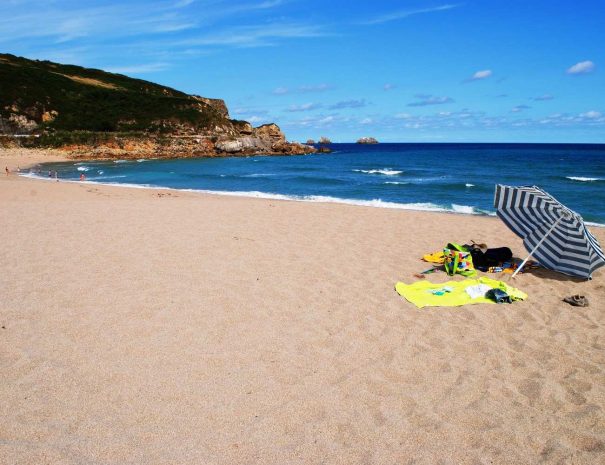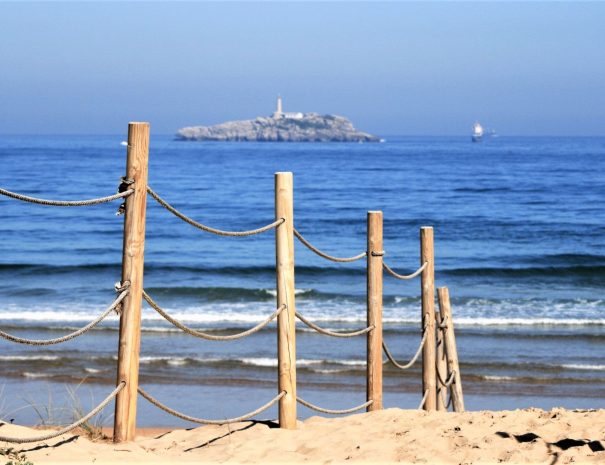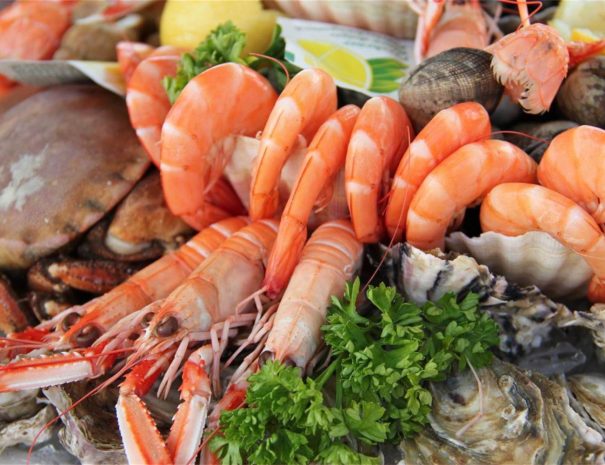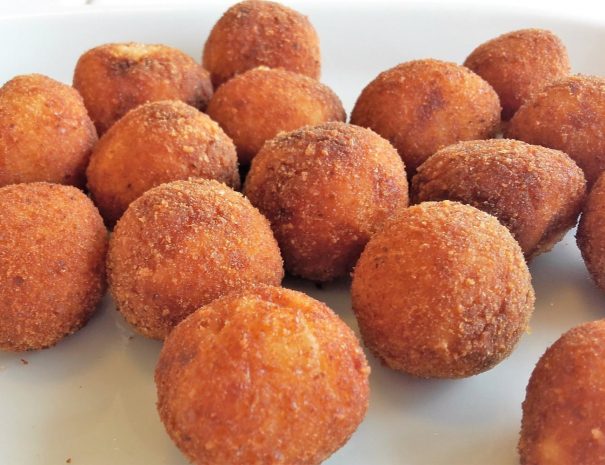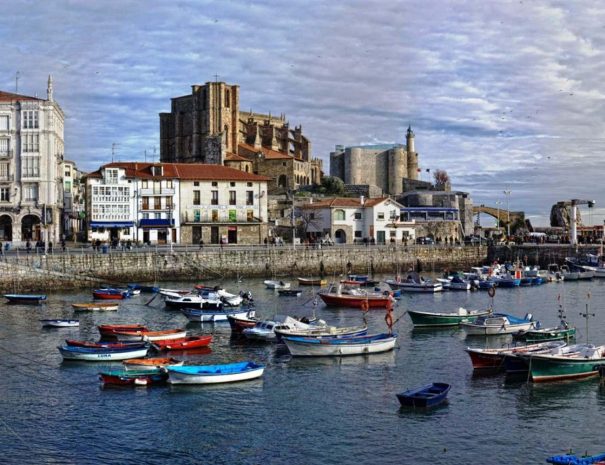
Bilbao to Santiago de Compostela Road trip
Design a fantastic road trip in northern Spain from Bilbao to Sntiago de Compostela with this free itinerary planner that includes recommendations to discover the north of Spain by visiting elegant cities such as San Sebastian, Santander and Oviedo and small fishing villages, all with their traditional architecture. This road trip itinerary has been selected as one of Spain’s best holidays by The Times. Our team of local experts recommends top hotels, restaurants, hidden gems, and activities to enjoy … Read More


